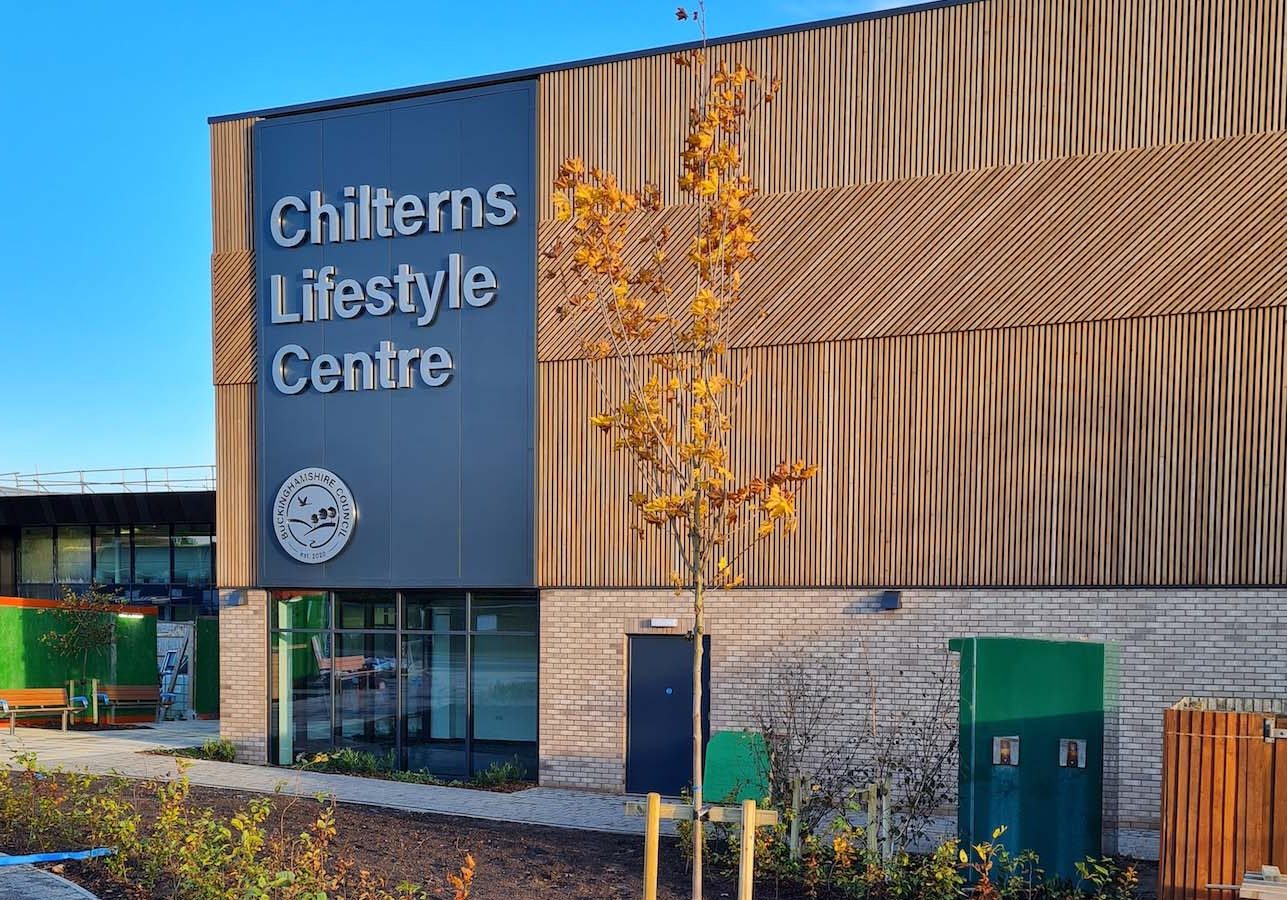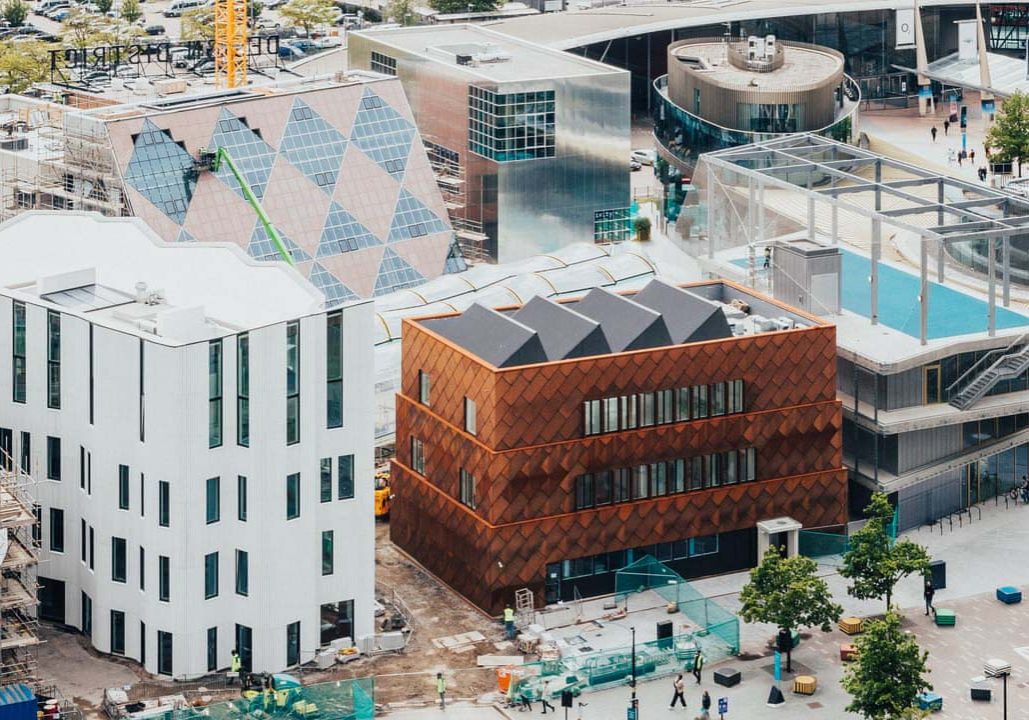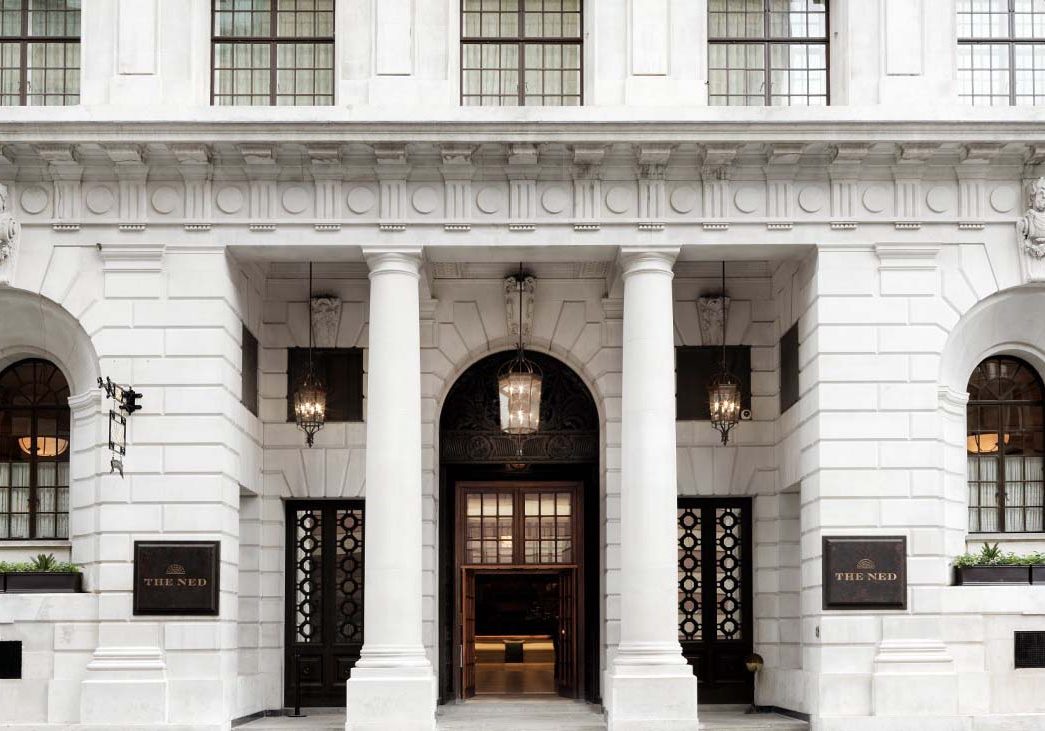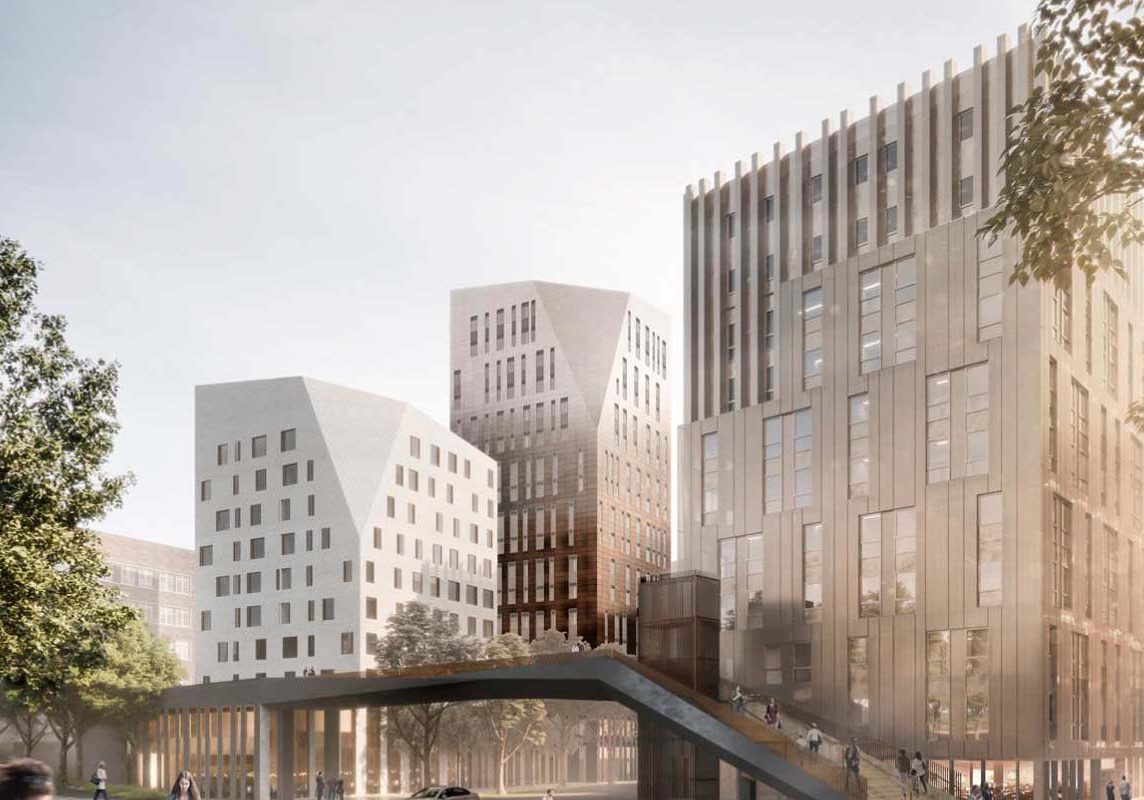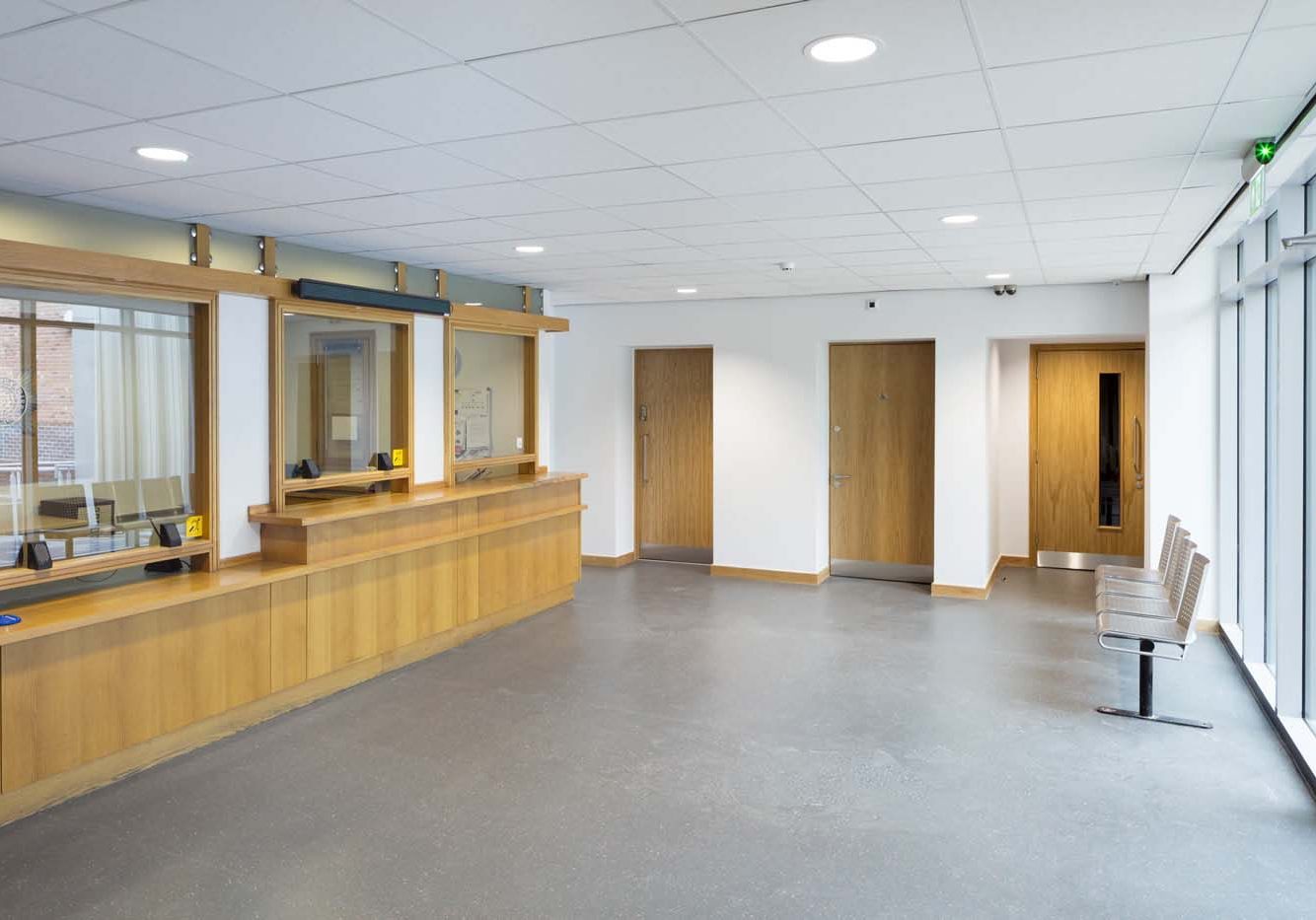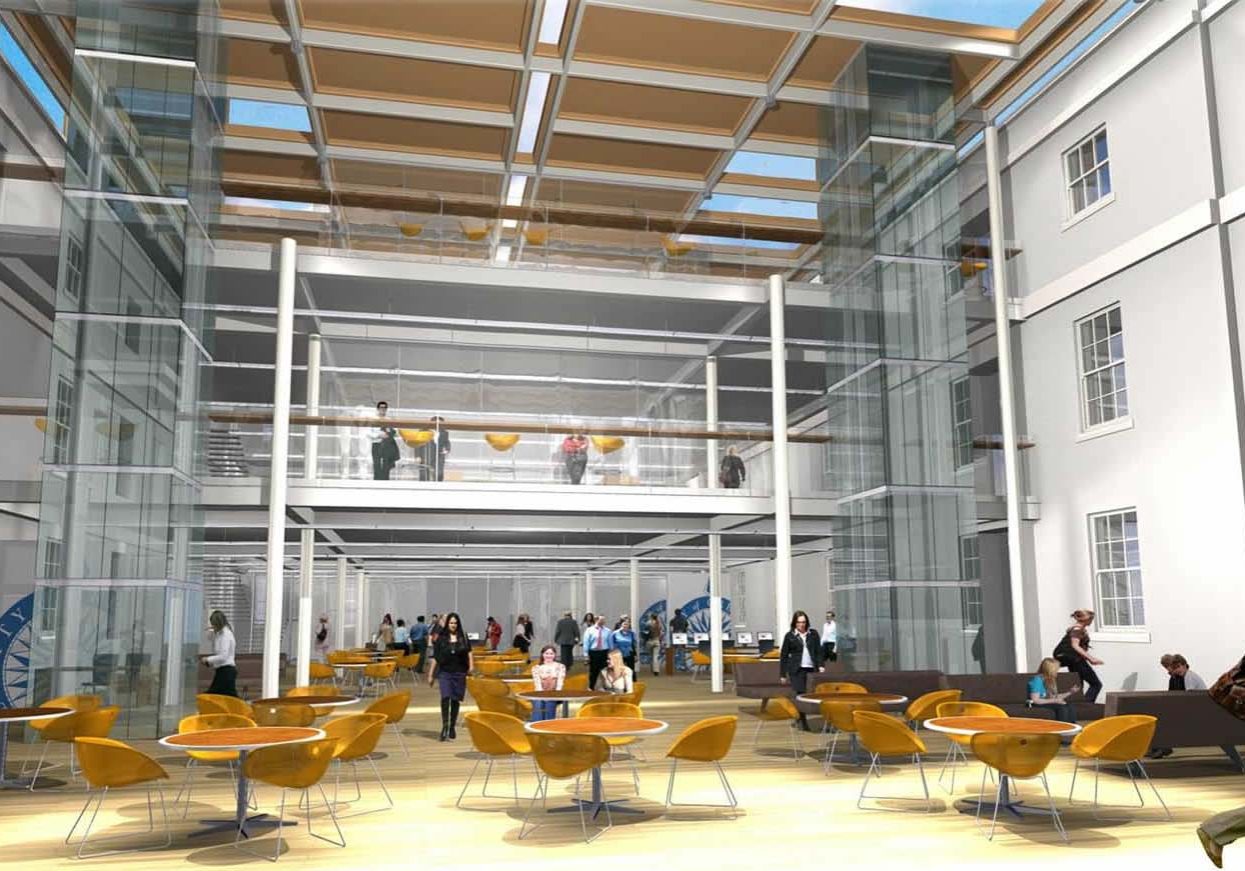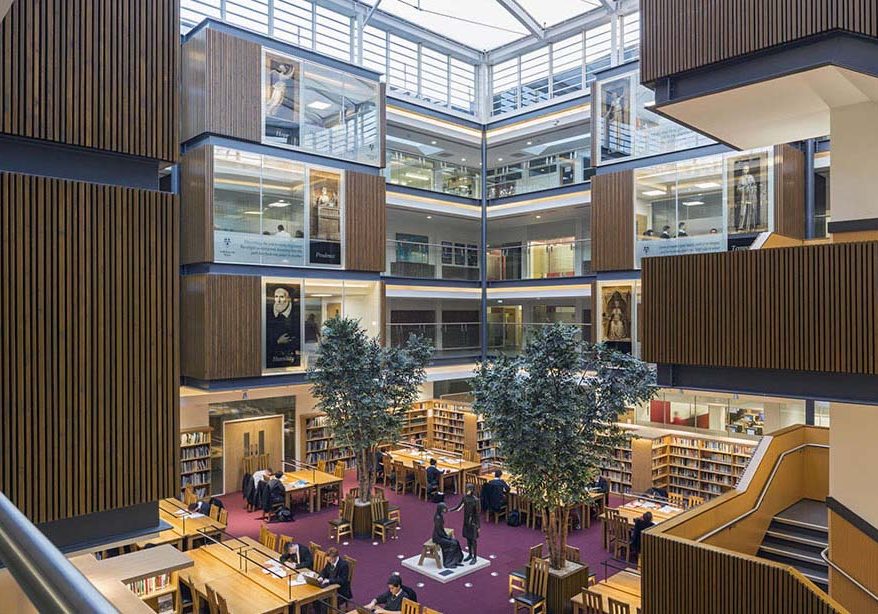University of Kent
The Sibson building at the University of Kent is a £35 m project new build, this building was named after Professor Robin Sibson who was Vice-chancellor of the University. This building is the home of both Kent business school (KBS) and the School of Mathematics, Statistics and Actuarial Science (SMSAS). It was completed after two years, it is the largest academic building for the Kent University and covers 7,900 square meters across three floors. The building includes three lecture theatres, dedicated MBA/postgraduate and IT suites, academic and research workspaces.
The main challengers was the control of the reverberation time in the large open spaces (large seminary rooms and theatres) and also to deliver an excellent levels of acoustic privacy between small offices, large learning spaces, large innovative teaching spaces and lecture theatres.
The building is designed based on a W shaped plan which allows for flexibility between spaces and also interaction between department and students/staffs. The plan’s open corners are the location for research and knowledge exchange where the control of the reverberation was an important factor during the design process.
Another characteristic key element of this project is the location of the lecture theatre seminar spaces a Bloomberg suit, café and social learning spaces which are located on both ground and first floors, and around a top-lit concourse, this area was specifically design in order to provide a good acoustic comfort to the users using a state of the art acoustic panelling and also decorative panelling located strategically in order to absorb effectively the sound.
This new building for the University of Kent is the house of the Kent Business School and the School of Mathematics, as well as the statistics and actuarial science. It comprises a total of 8,000 sq m including lecture theatres, large seminar rooms, open plan interactive social learning areas, a café, and also large innovative teaching environment spaces.
The building presented different challenges apart of the acoustics such as the location of the building in the surrounding without affecting the existing woodland. This challenge was resolve projecting a building with a special W shape and providing a state of the art cladding which includes approximately similar colours to the surrounding woodland. This also minimise the building’s ecological impact. Acoustically the shape of the building and the location of different open plan spaces imposed to us different acoustic challenges which are described below.
The main acoustic consideration during the whole design process was to deliver high levels of acoustic privacy between spaces as well as high levels of acoustic comfort controlling the reverberation time in key room spaces such as the large theatres.
The University acoustic expectations were extremely high they elected to involve Acoustic consultants as they expected that high confidential matters, which will be discussed within the research spaces, were not overheard in adjoining spaces. High levels of acoustic privacy were also requested between the 150 offices located along the different levels. Based on this high acoustic expectation different proposals were delivered to the design team including ways to reduce the reverberation time within the large and double height spaces, different proposal including within our room modelling scenarios were also deliver to the design team, careful design consideration was included within the flanking sound along the partition base and head details, and noise break out to corridors.
In order to incorporate additional meeting spaces, small glazed boxes were added along circulation spaces. This proposal improved notably the acoustic privacy and also provided a sense of an open space.
The divided wall between offices represented a major acoustic challenge as the partition was constructed on top of the raised floor, this was in order to reduce costs and also to provide the necessary electrical services to the offices. In order to avoid that the sound reduction of the partitions were compromised by the void of the raised floor. The sound reduction offered by different composite materials were calculated and presented to the design team. The final selection included a pair of composite materials which were tested on site. The composite with the highest acoustic performance was installed within the offices raised floor.
Once the most suitable products were selected, these were tested on site and the composite with the tested correct materials calculations based on different materials densities were completed, once on site preliminary sound tests were completed in order to verify that the proposed materials were compliant with the relevant acoustic guidelines.
The control of the reverberation in key spaces such as the theatre rooms and the large innovative space also represented an important challenge and major discussions with the design team. In order to control the RT in these key spaces, numerous scenarios were calculated and presented. The rooms acoustic modelling, which was completed using the room software ODEON, included scenarios using acoustic rafts, acoustic panelling, decorative acoustic walls, combination of suspended acoustic ceiling and acoustic panels, and perforated acoustic boards. The solution presented to control the reverberation time in the main theatre and open plan spaces was a combination of acoustic battens and insulation, which was completed in situ, and also the use of decorative acoustic panelling located strategically along the large spaces.
All the acoustic consultancy were completed on time and both the contractor and architect were extremely satisfy with the solutions presented at each of the main challenges.
The post completion acoustic testing confirmed that our acoustic approach delivered an excellent acoustic results both within BB93 and BS8233:2014 acoustic criteria. The acoustic input help to deliver a BREEAM score of “Excellent”. Our work and results on this project help us to continue our collaboration with Willmott Dixon for the second University of Kent project (University’s new Building for the School of Economics and further teaching facility). Finally, this building (Sibson building) was shortlisted in the inaugural Architects’ Journal Architecture Awards and this is the second nomination after it was shortlisted for the World Architecture Festival Awards in the Higher Education and Research category.

